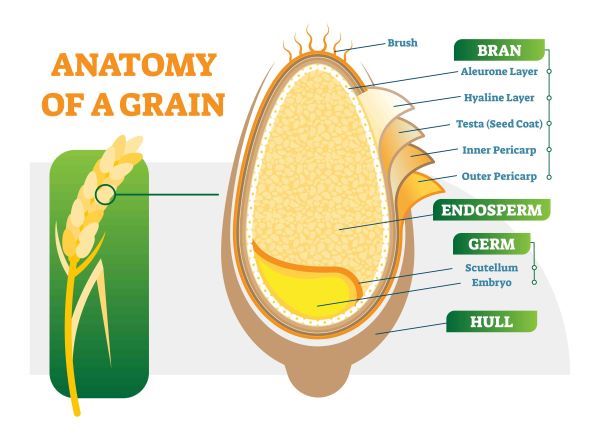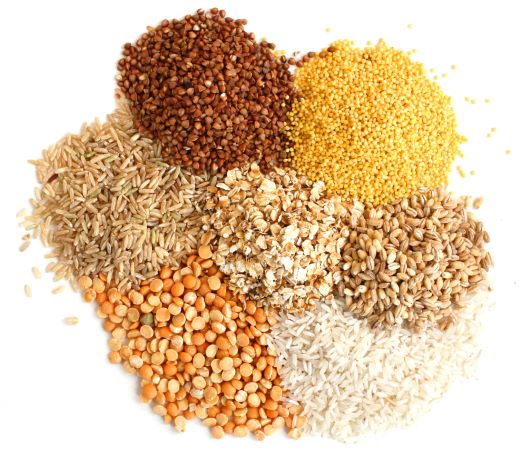What is Gluten?
Gluten is a type of protein present in wheat, rye and barley and is therefore found in most types of breads and cereals. Gluten ingredients are also added to many types of processed foods, partly because it gives food chewiness and a desirable texture, among other things.

Wheat Proteins and Peptides
The typical structure of a wheat kernel consists of three distinct parts.

- Bran: Bran comprises wheat’s outer coat, often known as the seed covering. The bran guards the major component of the kernel. About 15 percent of the kernel’s weight is comprised of bran. The bran is an excellent protein source and has high quantities of the three most important B vitamins, dietary fiber, and trace minerals.
- Endosperm: The endosperm makes up most of the kernel and contributes 80 percent of the total weight of the seed. It refers to the portion of the wheat kernel that contains starch. This layer has the highest protein concentrations (gluten-containing and non-gluten-containing varieties), carbs, iron, and the principal B vitamins, such as riboflavin, niacin, and thiamine.
- Wheat Germ: The wheat germ, which makes up the rest 5 percent of the kernel, is situated on the kernel’s one side. When a seed is put in soil, it is the germ responsible for sprouting. It is an excellent source of fat from natural plant sources, vitamins B and E, and oil.
Because of this, wheat has a wide array of proteins and peptides, some of which do not yet have clear definitions.
The endosperm is where most of the wheat’s protein content may be found. This is the domain of the proteins that belong to the gluten family. Proteins related to the gluten family can cause both Celiac Disease and Non-Celiac Gluten Sensitivity (NCGS) symptoms. There is not one gluten protein and the main protein implicated is called gliadin.
Not All Wheat is the Same
It has been reported that wheat grown in the US is different than wheat grown in Europe and other countries in the world. The US typically grows “high-yield” wheat which has a different concentration of wheat proteins, including gluten. These plants go faster and are shorter when they mature. Many Americans have gluten issues report not having the same issues when travelling abroad due to the different type of wheat.

